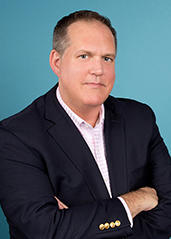This issue of Into Practice is adapted from Instructional Moves content produced by the Teaching and Learning Lab at the Harvard Graduate School of Education.
 Though Timothy Patrick McCarthy, Lecturer on History and Literature, Public Policy, and Education, plays an integral role in class discussions for his course Stories of Slavery and Freedom, students are responsible for leading the majority of classes through an exercise McCarthy refers to as “provocation.” “The provokers do not come in and give a summary of what we’ve read or a mini lecture about the top-line themes that might emerge from the assigned readings. I really want them to find some way to literally provoke us into conversation, get the juices flowing, and try to get all the students to think about something urgently at the outset of class.”
Though Timothy Patrick McCarthy, Lecturer on History and Literature, Public Policy, and Education, plays an integral role in class discussions for his course Stories of Slavery and Freedom, students are responsible for leading the majority of classes through an exercise McCarthy refers to as “provocation.” “The provokers do not come in and give a summary of what we’ve read or a mini lecture about the top-line themes that might emerge from the assigned readings. I really want them to find some way to literally provoke us into conversation, get the juices flowing, and try to get all the students to think about something urgently at the outset of class.”
... Read more about Enriching learning through student-led provocation